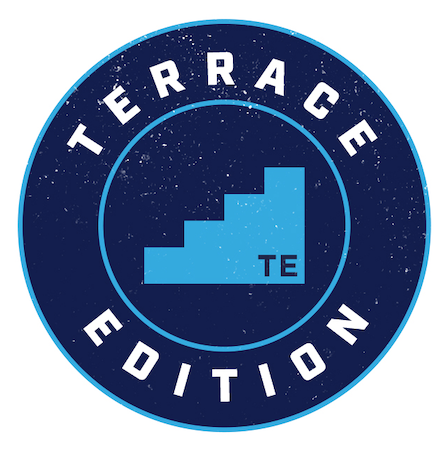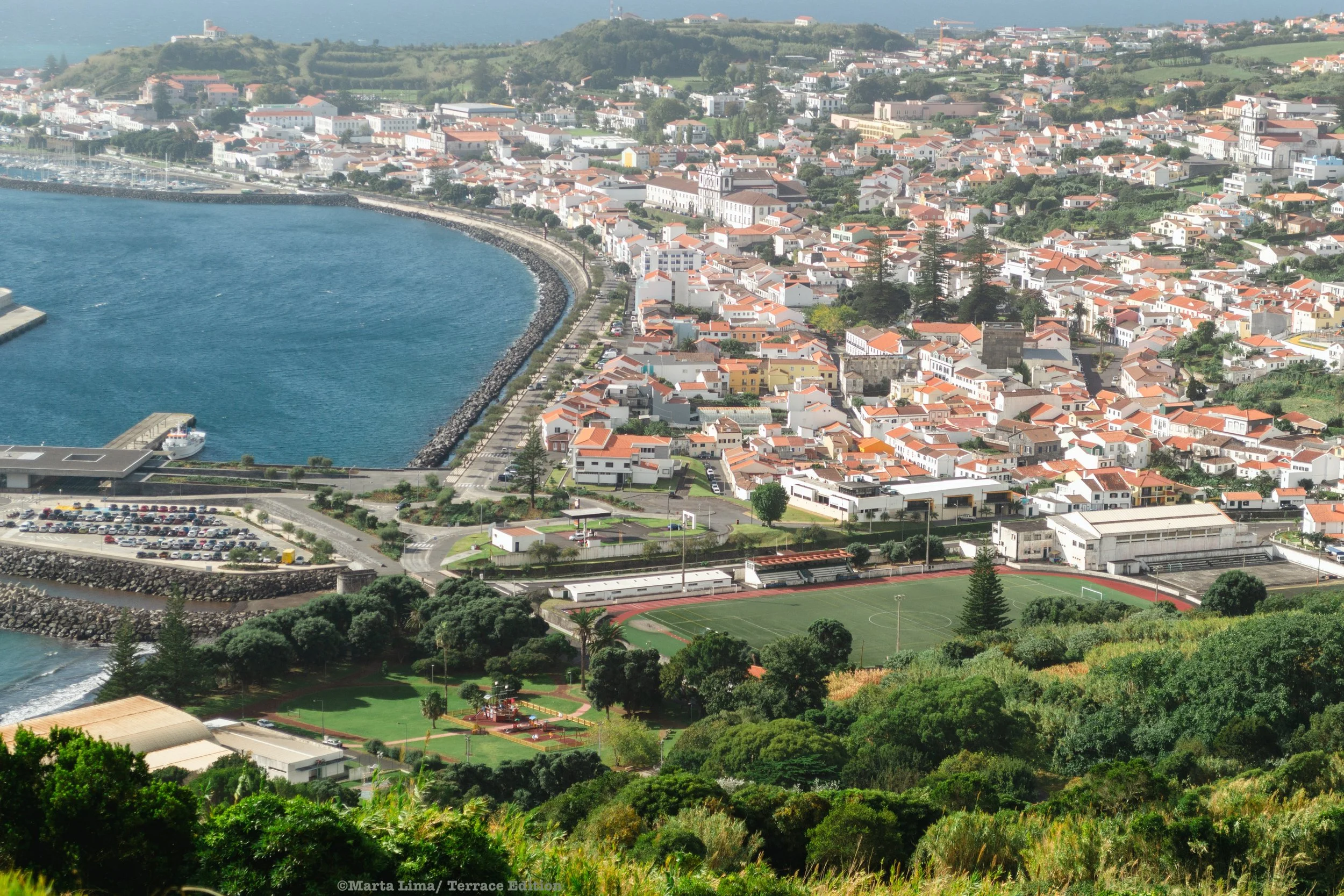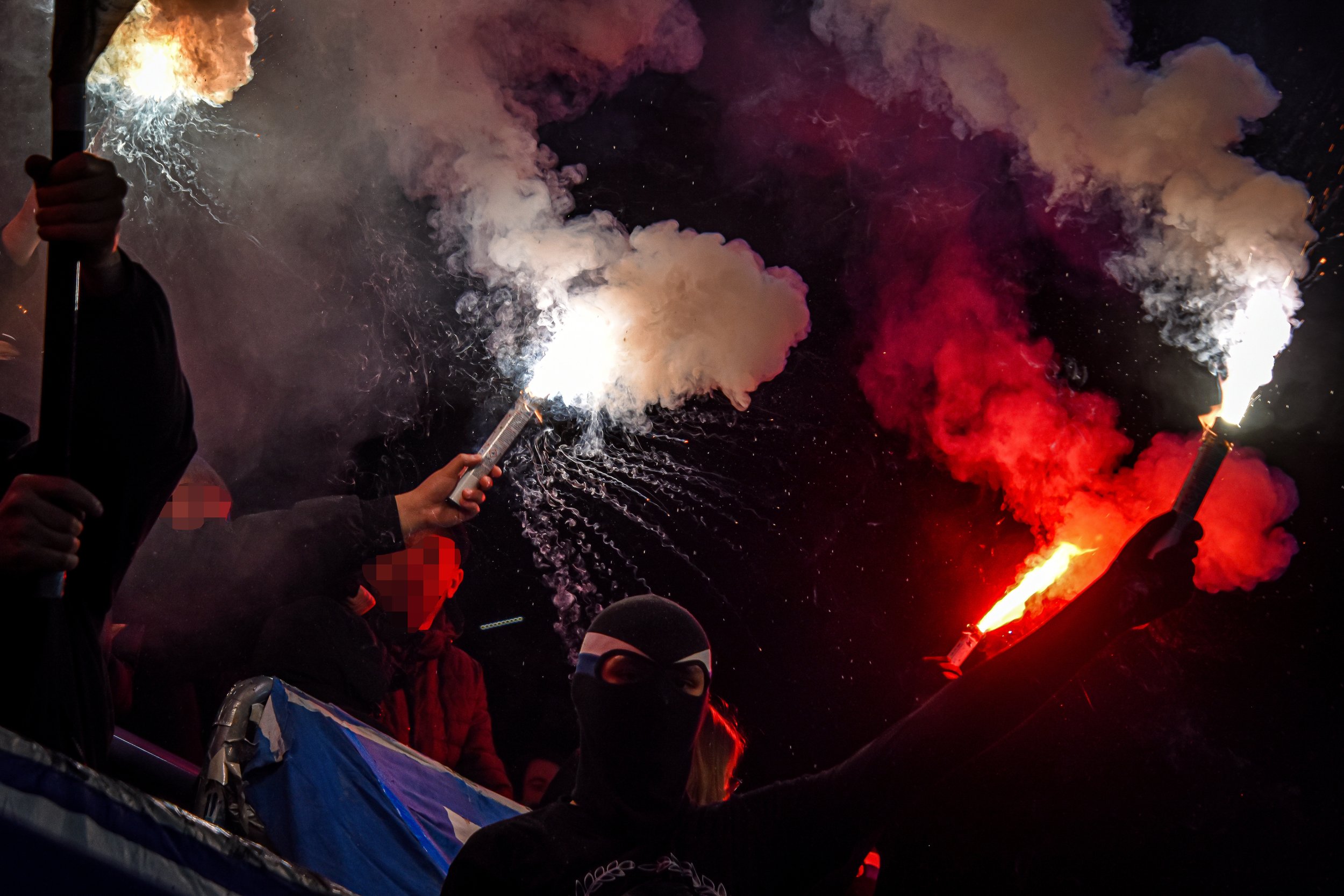Fayal Sport Club

Words: Marta Lima
Images: Marta Lima
Located in the middle of the North Atlantic Ocean, the Azores archipelago was a very remote region for many decades.
Everything began to change at the end of the 19th century, with the connection of the Azores to mainland Europe through submarine communication cables.
The English company The Telegraph Construction and Maintenance C.o installed the first cable stations in 1893, in Horta, Faial.
This led to the arrival of a huge foreign community to the island, particularly the English.
©Marta Lima/ Terrace Edition. Fayal Sport Club.
The small village of Horta became one of the main centres for cable communications in the world, and British companies dominated the operations on the island during the following years.
Sports played an important role in the cable company society. Faial witnessed the arrival of sports that have completely changed the lives of Faialenses (the name of the island's residents), such as sailing, tennis, water polo or rowing.
Football too, obviously. For many years, it reflected the influence of British workers on Faialenses and ended up including other nationalities with the arrival of teams from the German and American telegraph companies.
These matches became a common practice in Horta and sowed the seeds of the foundation of the oldest club in the Azores and one of the oldest in Portugal: Fayal Sport Club.
©Marta Lima/ Terrace Edition. Fayal Sport Club.
Born on February 2, 1909, the club was created by a group of 21 students from Horta High School. Manuel Tânger was the first president of Verdes da Alagoa, the nickname given to all those who belong to the green family of Fayal.
Due to the lack of other local clubs, games were played against teams made up of foreign players who worked for telegraph companies, with the British Football Club standing out.
This gap ended up being partially filled in 1923, with the birth of Angústias Atlético Club and Sporting Club da Horta.
In 1954, the main venue for Fayal Sport Club's games was opened, Estádio da Alagoa. It is located just a few metres from the place where the first telegraph cables entered the island – Alagoa Beach.
©Marta Lima/ Terrace Edition. Fayal Sport Club.
In 1978, a sports complex was built next to the stadium, which served as the club's headquarters for many years.
Fayal Sport Club never ceased its activities and went far beyond football. The club has promoted a huge range of sports – athletics, handball, basketball, cycling, fencing, gymnastics, field hockey, roller hockey, skating, tennis, table tennis, volleyball, rowing, swimming, and water polo.
It is also linked to a strong commitment to cultural and recreational activities. The club had a small library and hosted events such as literary competitions, theatre, music, and radio.
Who would have thought that it would be in the middle of the North Atlantic Ocean that we could find such an important reference in the sports and cultural scene and one of the oldest Portuguese football clubs?
©Marta Lima/ Terrace Edition. Fayal Sport Club.
©Marta Lima/ Terrace Edition. Fayal Sport Club.
©Marta Lima/ Terrace Edition. Fayal Sport Club.
©Marta Lima/ Terrace Edition. Fayal Sport Club.
©Marta Lima/ Terrace Edition. Fayal Sport Club.
©Marta Lima/ Terrace Edition. Fayal Sport Club.
©Marta Lima/ Terrace Edition. Fayal Sport Club.
©Marta Lima/ Terrace Edition. Fayal Sport Club.
Marta is on Instagram: @futeboldetostoes
You can find Fayal Sport Club on Instagram: fayal_sport_club
















